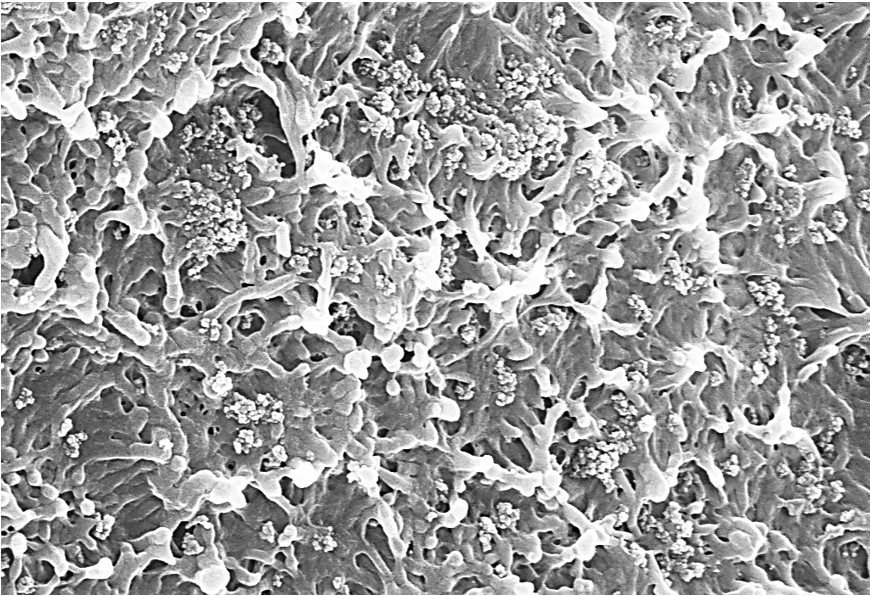Development of a composite separator for lithium-ion batteries
Lithium-ion batteries (LIB) since their appearance on the market in 1991 have received noticeable attention as the most popular energy storage system for portable electronic devices including laptops, cell phones and music players. Due to their high energy density and long cycle life, lithium-ion batteries are considered promising candidates for large-scale power applications such as electric vehicles and emerging smart grids. The separator is a key component of LIB and, as such, its physical and electrochemical properties highly affect the battery performance. Its main role is to prevent the physical contact of the two electrodes, while enabling ionic transport. Owing to the onset of new potential markets such as electric vehicles and innovative energy storage systems, LIB business is expected to triple from less than $2 billion in 2015 to roughly $6 billion by 2020[1].
At present, separators are mainly based on polyolefin materials, as they possess excellent chemical stability and mechanical properties. However, due to their low wettability, poor electrolyte retention and limited thermal stability, new copolymers derived from polyvinylidenefluoride (PVdF) are currently being investigated. These materials show great advantages due to their high polarity and high dielectric constant, which can favour the ionization of lithium salts[2]. In particular, PVdF-HFP is receiving considerable attention due to its good compatibility with the electrodes and its low crystallinity, which enables improved ionic conductivity. Moreover, the addition of inorganic particles into the polymer matrix further reduces the crystallinity and promotes the migration of lithium ions, thus improving the ions transport and mechanical properties[3].
This project aims at developing a separator for LIB based on PVdF-HFP and promoted by the addition of functional nanoparticles through a colloidal engineering approach. Investigation of the active role of the inorganic filler together with the optimisation of its composition, size and amount in the polymer matrix is object of this study. The separator is thoroughly characterised in terms of morphological, structural and electrochemical properties to assess its performance and evaluate its potential in new, innovative and promising applications.
Contact person: Stefano Caimi
Literature:
[1] http://www.batterypoweronline.com
[2] J. Saunier, F. Alloin, J.Y. Sanchez and L. Maniguet, J. Polym. Sci. Part B, 2004, 42, 2308-2317.
[3] V. Deimede and C. Elmasides, Energy Technol., 2015, 3, 453-468.

